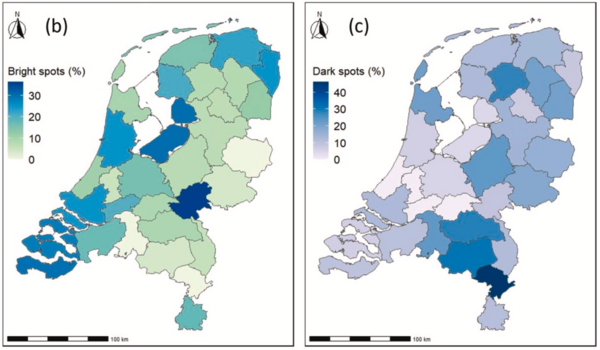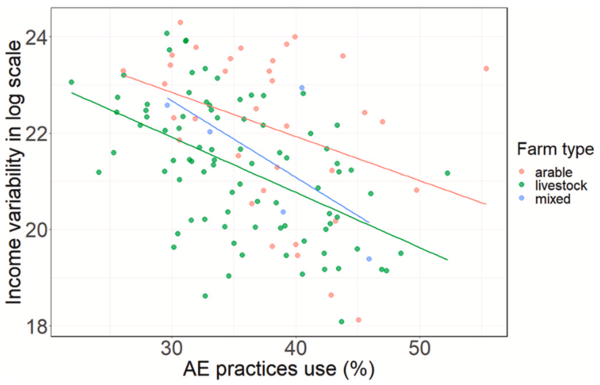How widespread are agroecological practices, and what impact do they have? Using the Netherlands as an example, Verkuil et al. explore these questions. The researchers developed and tested an "Agroecology Index." Their results show that agroecological practices not only benefit the environment but can also increase income stability.
There are a variety of agroecological practices. These include the closing of nutrient cycles, the avoidance of chemical pesticides, the combination of animal husbandry and crop cultivation on one farm and the promotion of biodiversity. Different farming systems utilise these practices to varying degrees. Biodynamic agriculture fits very well into the system of agroecology due to its basic ecological principles and the high requirements for certification.
The authors of the study analysed data from 735 farms in the Netherlands and developed an ‘’Agroecology Index‘’. The index is based on six of the FAO's 10 elements of agroecology. Their results show that the average level of application of agroecological principles in the Netherlands is 36.6%. This value varies greatly between farms. The spatial differences make it possible to create a map of the Netherlands with ‘bright spots’ and ‘dark spots’, i.e. areas with a high or low implementation of agroecological practices respectively.

